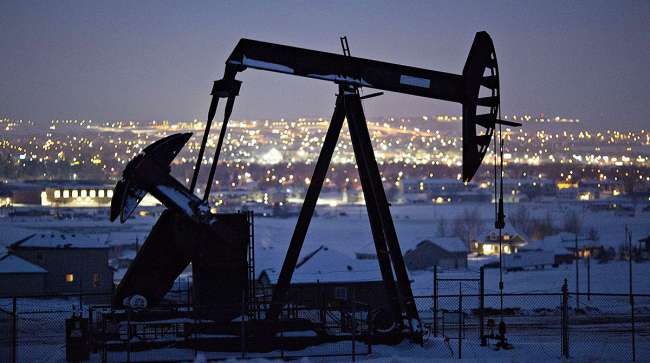Oil prices declined sharply on Thursday, dropping by nearly $2 per barrel amid growing expectations of a U.S.-Iran nuclear agreement that could lead to the easing of sanctions and the return of more Iranian crude to global markets.
Brent crude fell by $1.98, or 3%, to $64.11 a barrel, while U.S. West Texas Intermediate (WTI) crude dropped $2, or 3.2%, to $61.15.
U.S. President Donald Trump stated that Washington was nearing a nuclear deal with Tehran, indicating that Iran had “sort of” agreed to the terms. A senior Iranian official, in an interview with NBC News, said Iran was open to a deal in exchange for the lifting of economic sanctions.
Such a development could potentially allow up to 800,000 barrels per day of Iranian oil to re-enter the market, putting downward pressure on prices.
In parallel to the diplomatic talks, the U.S. continued to apply sanctions on Iran, targeting domestic missile component production and a network of companies involved in shipping Iranian oil to China. These actions followed the fourth round of negotiations in Oman focusing on Iran’s nuclear program.
Adding to market concerns, the U.S. Energy Information Administration reported a surprise increase in crude inventories. Stockpiles rose by 3.5 million barrels to 441.8 million last week, contrary to expectations of a drawdown, intensifying fears of an oversupplied market.
Meanwhile, the International Energy Agency revised its oil demand growth forecast for 2025 to 740,000 barrels per day, a slight upward adjustment driven by improved economic projections and lower oil prices supporting consumption. However, the agency warned that economic challenges and record electric vehicle sales are expected to slow demand growth to 650,000 barrels per day for the remainder of the year, down from nearly one million in the first quarter.
OPEC and its allies, collectively known as OPEC+, have been steadily increasing supply, though OPEC recently lowered its forecast for non-OPEC+ supply growth, particularly from the United States and other producers outside the alliance.























